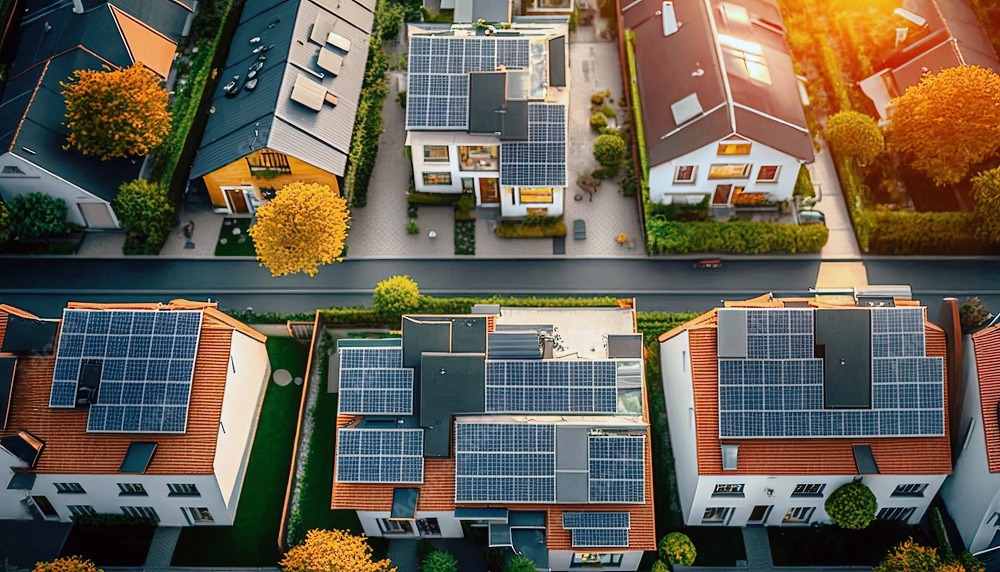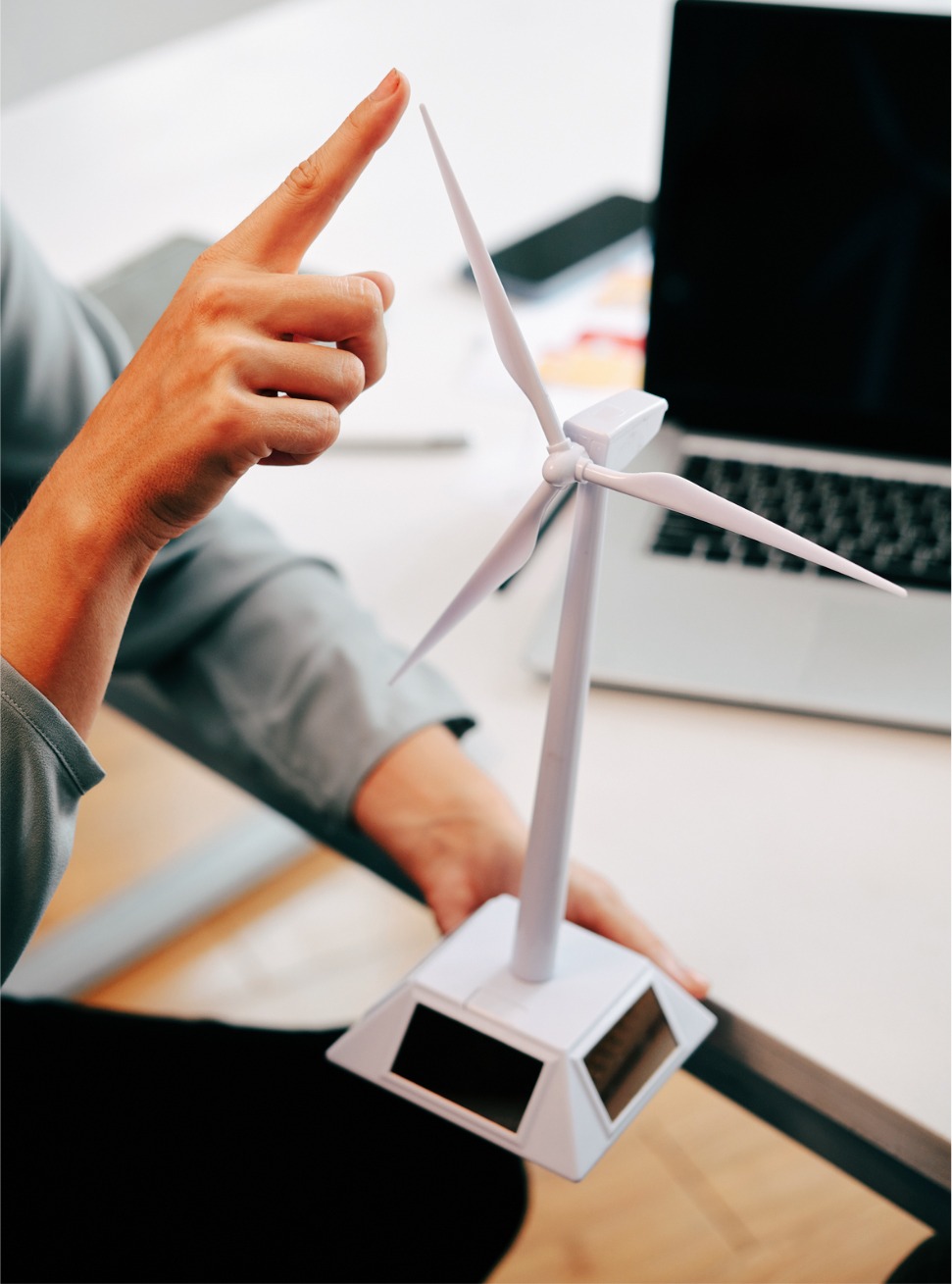The Renewable Energy Communities or RECs aim to extend the advantages deriving from RES plants also to those who do not have access to them for economic, authorization, organizational reasons, etc.
The main rules of the game are:
- minimum one RES plant (with a maximum size of 1 MW but replicable within the same REC)
- minimum two shareholders, with no constraints on their homogeneity (companies can coexist with large-scale retail trade, commercial establishments, offices, PA, private citizens, etc.)
- the constraint of ”proximity”: all participants in the REC (including the plants) must be connected to the same primary electrical distribution substation*

The sharing of energy between prosumers (producer and consumer), simple consumers and systems are measured through the new principle of self-consumption, the value of which determines the incentive provided for by the legislation on RECs and paid by the GSE.
The virtuous mechanism of the RECs, therefore, requires a careful study to balance production and consumption within the community itself to return environmental, economic and social advantages to the participating ”members”
* in Italy there are around 2,100 primary substations compared to over 8,000 municipalities
Renewable Energy Communities: What are the Advantages?
The Role of Byom and Fusion in the Energy Communities

Fusion was founded in 2021 as an equal joint venture between Byom and the Amaranto Holding Group.
In 2022, Fusion started structuring two RECs (which became three at the beginning of 2023) and obtained recognition, the first in Italy, of the incentive tariff provided by the GSE for the Vitulano Energy Community.

Over 100 Feasibility Studies have been carried out for a total capacity of approximately 12 MWp. The Feasibility Study allows us to determine the best possible configuration and draw up a business plan necessary for the subsequent structuring of the initiative.
Fusion has a “toolbox” which includes technical, economic, financial and legal analysis tools for rapid and effective implementation of projects.
Byom, through Fusion, intends to achieve important objectives in the promising energy panorama of self-production, in particular for the Renewable Energy Communities (RECs).
We oversee the entire value chain of initiatives, from the feasibility study phase to structuring, from construction to management of plants and RECs, to guarantee their correct functioning.
For more information, download the in-depth document on RECs
Support to industrial customers for the implementation of Energy Autonomy initiatives
Byom offers among its services to companies and industrial groups that have areas in which to install renewable energy plants, the support aimed at structuring initiatives with the aim of reducing the energy costs of their business.
- Environmental and administrative screening for the identification of suitable areas and the applicable authorization procedure
- Technical screening for determining site producibility and potential grid connection solution.
-
Technical and economic analysis of the project
-
Identification of tools for the monetization of the energy that will be produced by the plant
-
Preparation and presentation of Business Cases
Furthermore, if the Customer intends to proceed with the initiative, Byom is able to provide support in the development and authorization phases, project management, construction and operational management of the plant.
Roadmap
Definition of the drivers based on which to identify the initiatives being analysed
Preliminary screening of sites (grounds and paving stones) and identification of usable areas
The preliminary screening concerns, in relation to the type of intervention, the analysis of the environmental/territorial constraints of the sites for the purpose of constructing the PV plant. In this context, the potentially usable area will be identified with respect to the available surface taking into account the azimuthal exposure, homogeneity of the terrain, shading, urban and environmental restrictions and the buffer zones imposed by the Bodies, Authorities and Energy Distributors (DSO).
Authorization titles
Screening of the necessary authorizations for the construction of plants and network works based on the type and regional location of the interventions.
Yield Analysis
The Yield Analysis must examine the effects of environmental and operational factors on the energy performance of the most suitable photovoltaic (PV) system for the sites, such as levels of solar radiation, temperature, spectrum, dirt, tracking (if any), and others.
Connection to the DSO power grid
In this phase, we will proceed to a preliminary assessment of the type and costs of the connection of the single site.
Only after the connection request has been submitted and, subsequently, after obtaining the connection estimate, will it be possible to proceed with the analysis of the type of connection works to be implemented, the timing and the punctual estimate of costs.
ECONOMIC AND TECHNICAL ANALYSIS OF THE PROJECT
The technical and economic feasibility project must identify the best solution based on the direct and indirect comparison of costs and benefits.
Tools for valorising the energy produced
Evaluation of the alternatives currently available for the valorisation of the energy produced on the base of the power of the PV system, consumption associated for any configurations of self-consumption (TIAD) such as self-production or Renewable Energy Communities (RECs).
Presentation of the Business Cases





















